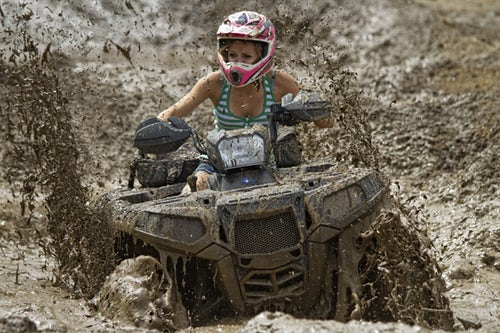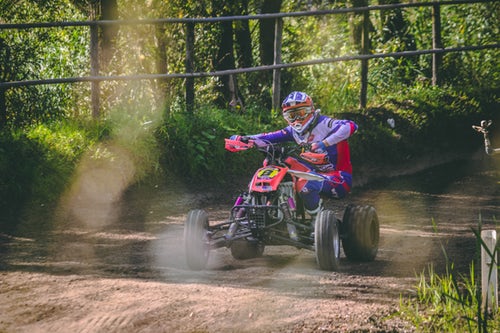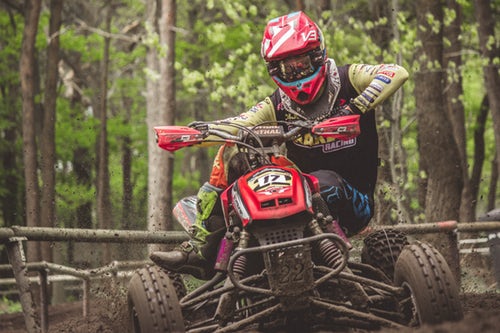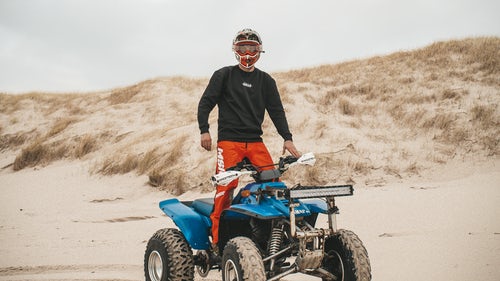WHILE NOT STRICTLY part of our brief, plenty of over-50s ride and use ATV (all-terrain vehicles) for pleasure or work.
Following yet another fatality involving an ATV, the FCAI (Federal Chamber of Automotive Industries) has called for further initiatives by the government to improve their safe use.
The FCAI was quick to praise the Coroner for recognising the need for clear guidelines around the use of ATVs, regularly used in rural and farming areas.
Protocols outlined in the Coroner’s Report are very similar to those advocated by the FCAI:
- Wearing a helmet, the most effective safety device
- Banning passengers from single-seat ATVs
- Banning children under 16 from riding adult-size ATVs
These recommendations are in line with those made in three other coronial inquests.

Tony Weber, chief executive of the FCAI, said that while the industry is serious about improving safety for ATV riders, more needs to be done to precent such tragic accidents.
“Manufacturers want to reduce any incidents involving ATVs and are especially focused on the safe use of these machines around children. Helmets, the correct use of the ATV, and a safety-first approach are the answers, and we urge both state and federal governments to heed the findings of coronial investigations and emphasise these safety initiatives.”
Whilst seniordriveraus endorses and supports these recommendations, we also remind our readers that safety starts with the user. It’s up to all of us to ensure that we (and our families and loved ones) always wear a helmet when riding an ATV, that we don’t allow children to ride adult-sized ATVs and, most importantly of all, that we use ATVs responsibly and in accordance with safety guidelines.

Safe ATV use:
- Learn how to ride an ATV in a safe and controlled environment before you take it out on the farm or a trail.
- Ride an ATV that’s suitable for your size and age – full-size ATVs can weight more than 250kg and be difficult to handle.
- Always wear an approved helmet and eye protection. The best helmets will have full face protection. If your helmet doesn’t have a flip-down visor, wear shatterproof goggles. Sunglasses do not provide sufficient eye protection.
- Wear appropriate clothing, including long pants, long sleeves, gloves and over-the-ankle boots. ATVs, by their very nature, have a high centre of gravity and no safety cage, roll bar or even seat belts; if an ATV tips, you’ll fall off and protective clothing will help reduce scrapes and cuts.
- Learn basic first aid to treat minor injuries and be prepared to call for help in an emergency.
- Don’t let under-16s ride an ATV. Operating an ATV requires quick adjustments including speeding up, slowing down and shifting weight to help turn and balance an ATV. Under-16s are less likely to have the physical strength and decision-making skills to ride an ATV safely.

Some ATV no-no’s:
- Never ride on a 3-wheel ATV – they are inherently unstable
- Never ride an ATV at night
- Never ride while under the influence of alcohol or drugs
- Never ride on paved surfaces or public roads (other than to cross them)
- Never exceed the number of passengers recommended by the manufacturer
- Never allow a teen to carry a passenger (even if using a two-person ATV)
